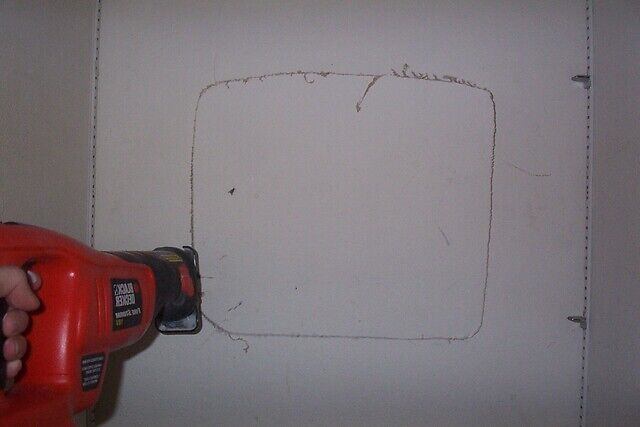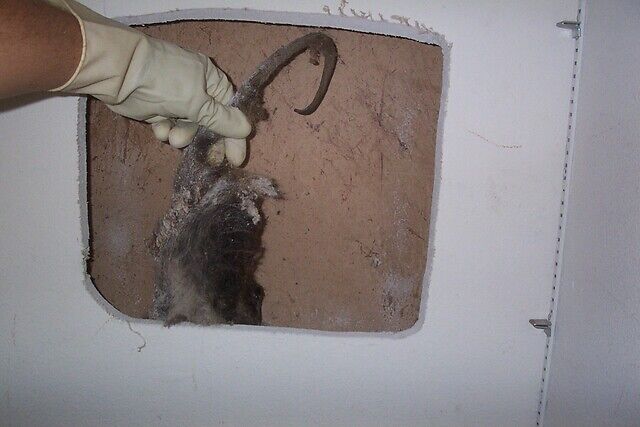Removing Opossums From Inside Your Walls
You wouldn’t initially think of the tiny space between your outer and inner walls as the most premium of real estate, but there are a number of animals who do favor a tighter space. One of them is the humble opossum.
How They Get Inside Walls
Often, opossums will enter through the roof and begin in the attic, so if you suspect you may have a resident opossum, the first place to check is the attic itself. Unlike mice and rats, the droppings and urine of opossums are a little more obvious. They defecate regularly and their urine has a strong odor. Also, make sure that you keep an eye out for damage to insulation and other soft materials.
If you do encounter an opossum when up in the attic, the best thing to do is to call a professional.
The good news is, if you find opossums up in the attic, they may not be taking up permanent residence in your walls, and therefore they may be much easier to evict. However, if you regularly hear shuffling or scratching sounds in your walls, chances are that one or more may be stuck.
Unfortunately, from the attic, they can then sometimes fall down the wall cavities if there is an easy opening.
This risk is especially compounded in springtime, when mother opossums seek refuge indoors to rear their young. Once the babies are born (and there can be up to a dozen in one litter) they cling to the mother’s back as she roams around, and they often fall down into wall cavities, where they are unable to climb out.
Removal


If you can see down into your wall cavity, you may be able to spot the opossum(s) right away. If this is the case, you can use a long extending pole, such as a snare rod or catch net, to retrieve the animals.
However, it’s rarely as easy as that. The most effective solution is to bite the bullet and make a hole in your precious wall. This might seem like a drastic action, but if you avoid the problem long enough for the animal to die in the wall, you will be spending a lot more money removing the carcass and fixing the damage it wreaked upon your house than patching up a small hole.
To make sure you don’t turn your wall into a slab of Swiss cheese looking for the culprit, make sure you pay attention to where the sound is coming from. If the animals are stuck, the sounds will be coming from a particular place. Conversely, if the source of the sound is moving around the house, it’s safe to say the animal can come and go as it pleases. Instead of cutting holes, look for possible entrances and exits, and use foods to lure them out.
If you’ve chosen the area you want to inspect, here’s what you should do:
- Draw a rectangle roughly the size and shape of an US Letter piece of paper.
- Using a spade drill fitting, bore a small hole in a corner of the rectangle. It should be just large enough to fit a small hand saw in.
- Bore another hole in the corner diagonally opposite.
- Saw along the edges from each hole until the cuts meet and the rectangle of drywall can be removed.
From there, it should become very obvious what to do next! If you are dealing with the opossum yourself, wear gloves and, if possible, use a tool that will allow you to keep a fair distance.
Once evicted from your home, an opossum shouldn’t cause any more trouble. Consider preventative measures such as closing garbage can lids, clearing up pet food, and any other points of interest for an opossum.
If you want to be completely sure it doesn’t reenter, call a professional who will be happy to take care of it.